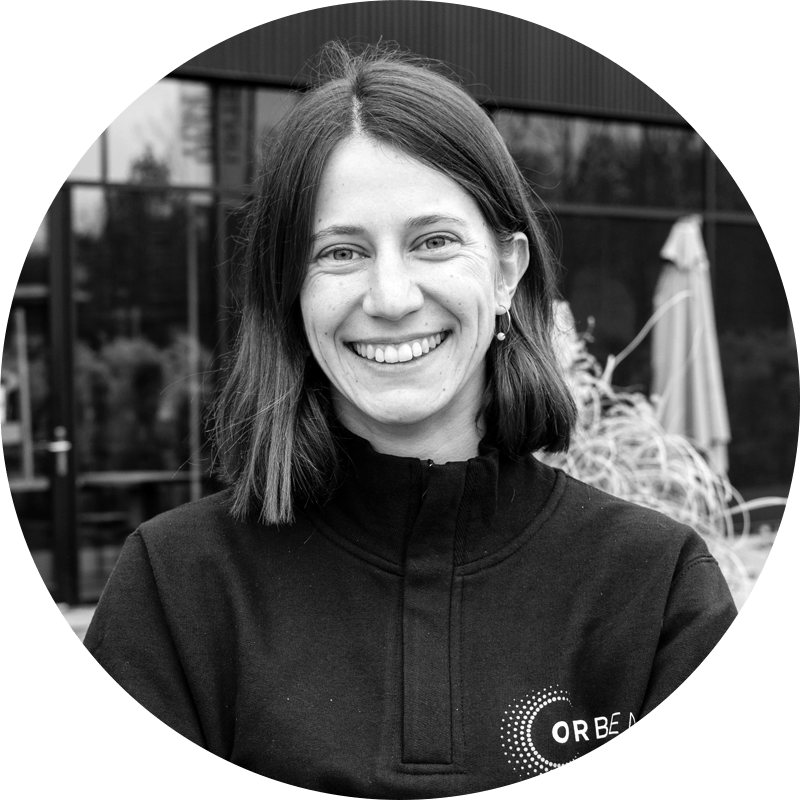Revealing what is hidden behind the shell
We scan, classify, and sort eggs for any poultry breed.
%
Eggs scanned
Applications for the poultry industry
The Genus uses AI-powered MRI to scan and classify eggs in a non-invasive way. It is fast, accurate, safe, and works for all poultry breeds.

Fertilization status
Detect the fertilization status of eggs pre-incubation and replace breakout analysis. Create additional revenue by selling unfertilized eggs as table eggs and increasing your production capacity.

In-ovo sexing
Detect the sex of developing embryos in-ovo on day 12 of incubation. The fully automated and modular design allows for a throughput of up to 24,000 eggs per hour.

Phenotyping
Discover new insights through our newsletter
Want to be updated on our product?
Hear all about Orbem’s milestones too!
Automated and contactless
Reduce costs and create new revenue streams.
Our analytics empower you to optimize your incubation process and create new revenue streams. By incubating only fertile and viable eggs, costs can be saved, productivity can be increased, and new revenue streams arise.
Fertilization status
Use unfertilized eggs for human consumption.
Billions of unfertilized eggs are wasted every year by incubation because their fertilization status is unknown. The Genus can detect the fertilization status on day 0 (prior to incubation) and, thus, allows you to sell them as table eggs. This creates new revenue streams and increases your production capacity by freeing up space in your incubators.
In-ovo sexing
Separate male and female eggs.
Billions of day-old male-layer chicks are culled because they are of no value to the poultry industry. The Genus can non-invasively detect the sex in-ovo for any breed on day 12 of incubation. Hatchability is not affected and male embryos remain fully intact, so they can be further processed into biogas for energy generation, animal feed, or for vaccine production.
Fully automated in-ovo sexing
Up to 24,000 eggs per hour throughput.
We have chosen the Vencomatic Group as a strategic partner to automate the Genus Focus for in-ovo sexing from trolley to trolley. The Vencomatic Group has more than 40 years of experience working in poultry and egg handling solutions. Together, we have developed the most accurate and economical solution for in-ovo sexing that works for all breeds.
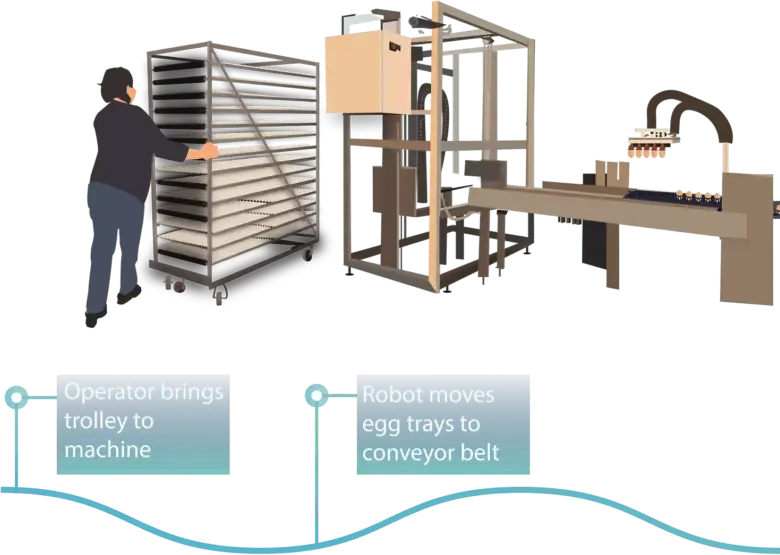
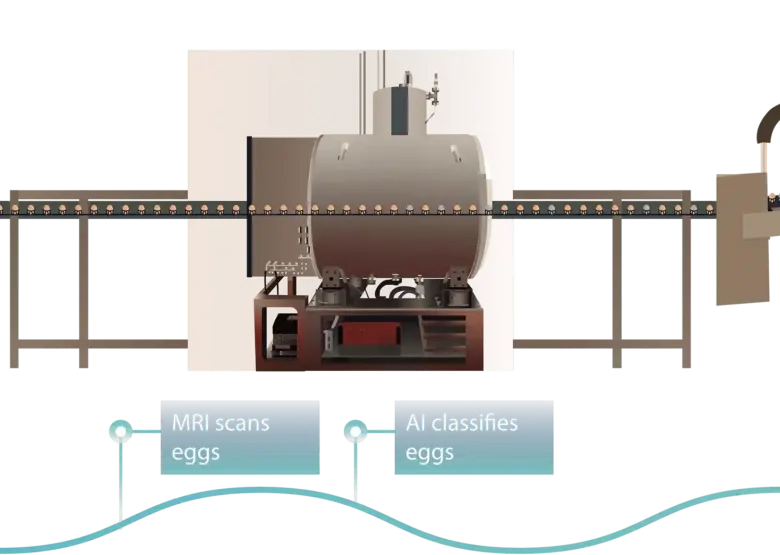
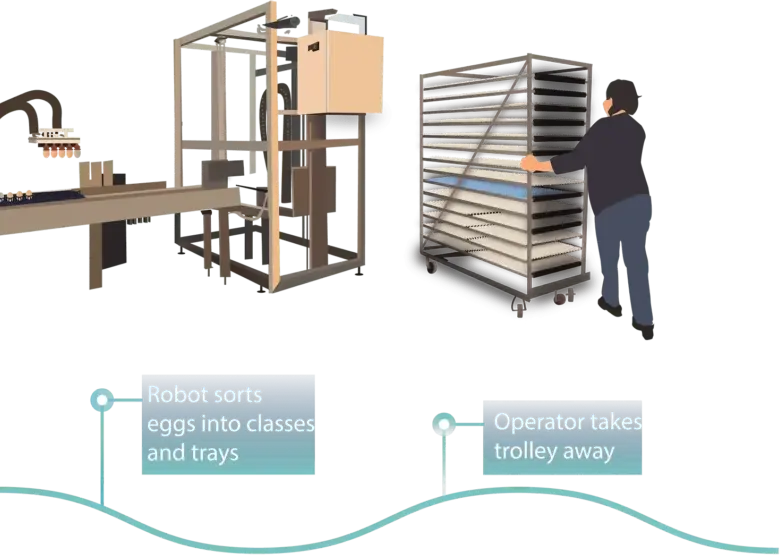
Success stories
Partners of OMELETTE Project
In hand with Interreg North-West Europe
Ensuring future-proof sustainable and resilient egg production in North-West Europe.
Phenotyping
Develop phenotypes for your needs.
Thousands of eggs are wasted in breakout analysis to reveal what is hidden behind the shell. The Genus can detect 16 different phenotypes on any day of incubation, without damaging the shell. This allows you to shift your operative decisions to large-scale datasets in order to optimize your development of new phenotypes.
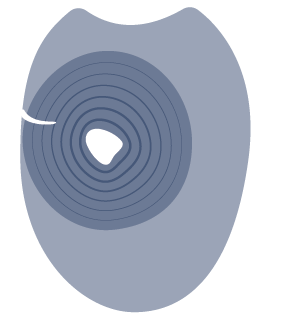
Fertilization

Inner quality
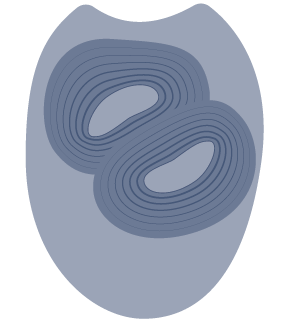
Double yolks

Volume of the egg yolk
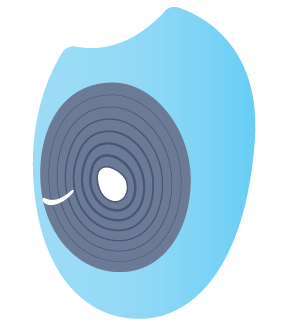
Volume of the egg white
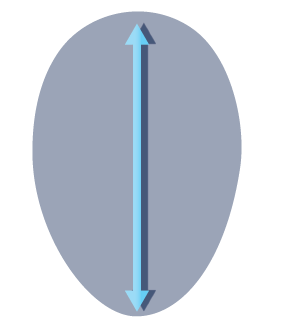
Length
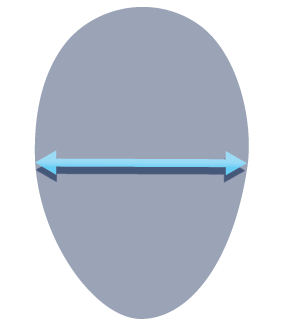
Width
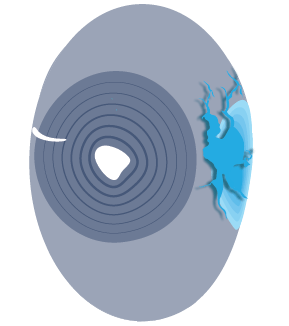
Hairline cracks
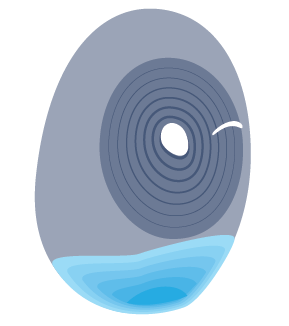
Air cell position
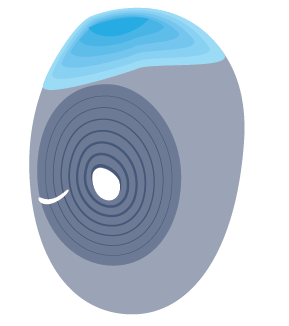
Air cell volume
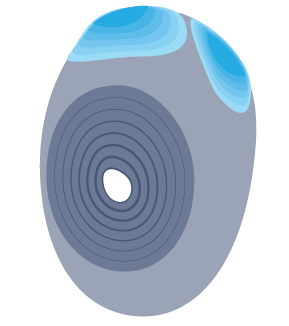
Air cell compartments
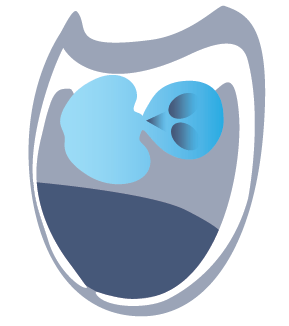
Volume of embryo
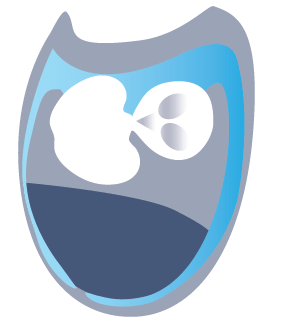
Volume of allantoic fluid
Frequently asked questions
On which day can you perform in-ovo sexing?
We can determine the sex of the developing embryos on day 12 of incubation.
What do you do with the males?
Males are repurposed for alternative industries, such as animal feed, vaccines, or biogas production.
Does the technology affect embryo development?
No, magnetic resonance imaging (MRI) is a safe imaging technology. Unlike X-ray or CT, it does not emit ionizing radiation and does not affect embryo development.
What is the footprint of your system?
Our combined solution, including end-to-end automation equipment, can be installed within 16 x 10 m2 at 12,000 eggs/hour.
How many installations do you have?
We have installations in France, Germany, and the Netherlands.
Two installations with a capacity of 6,000 and 18,000 eggs/hour have been operational at two locations in France since January 2023 in line with French regulatory requirements.
Our installation in Germany with a capacity of 9,000 eggs/hour has been operational since December 2023. One more installation is yet to come.
In the Netherlands, there’s one installation live with a capacity of 15,000 eggs/hour and a second is in the process.
Can it operate in any hatchery environment?
Yes, our solution is designed to operate in any hatchery environment.
Does your solution pose a risk hazard for our operators?
MRI works using a magnetic field that is clearly marked and contained in a separate room. Going inside the room requires training so that operators are aware of the necessary safety measures. In normal operations, the room containing the magnetic field is not accessed and operators are not exposed to strong magnetic fields.
How do you determine the sex of the embryo?
We focus on anatomical differences between the sexes.
Does the technology work for all breeds?
Yes, our system is the only non-invasive solution in the market that works across all breeds. It also has the capability to do further egg analytics, such as determining the development status of an embryo, and the internal quality of an egg.
What is the cost of your solution?
What are your delivery times?
We can deliver a full end-to-end solution within 8-10 months and are working with our suppliers to accelerate delivery times.
Can your system handle any kind of setter tray?
Yes, our modular design and end-to-end solution can work with all setter trays in the market.
How many operators do you need, and what is their required level of training?
Only one operator is required for up to 8 modules in parallel. They need to handle the automation equipment on a daily basis and receive a one-week training for using the entire system, including automation, Genus Focus MRI, and IT equipment.
Do you have supply chain verification?
We understand the importance of transparency and traceability in today’s marketplace. For this reason, our solution incorporates third-party supply chain verification through the KAT Prüfsystem. You can confidently trace every egg and flock back to its source, ensuring industry standards and regulatory compliance.
Discover the value
Do you want to learn more?
Download this presentation for additional information about our poultry applications.
Jennifer Volz
Business Development Lead










